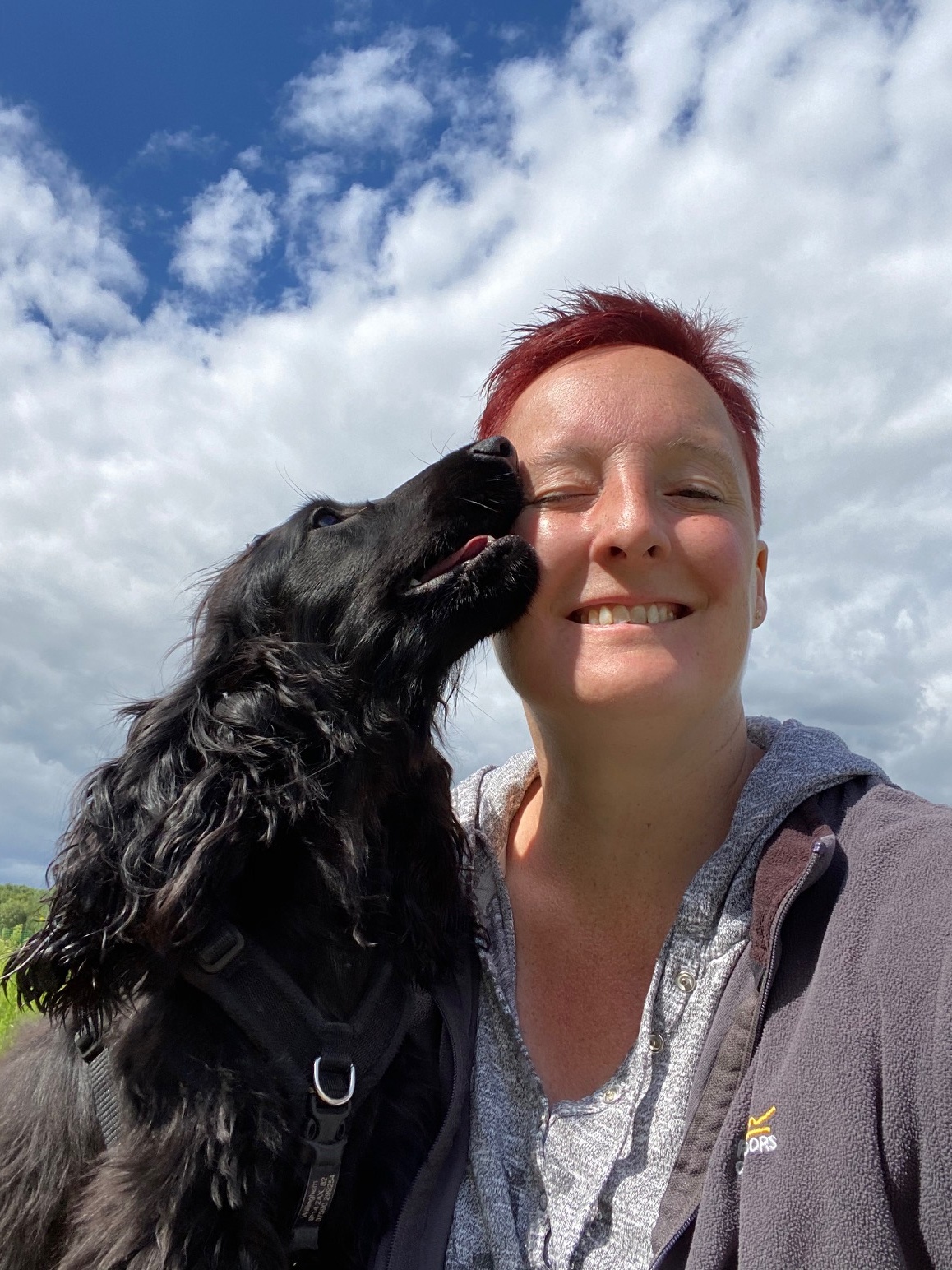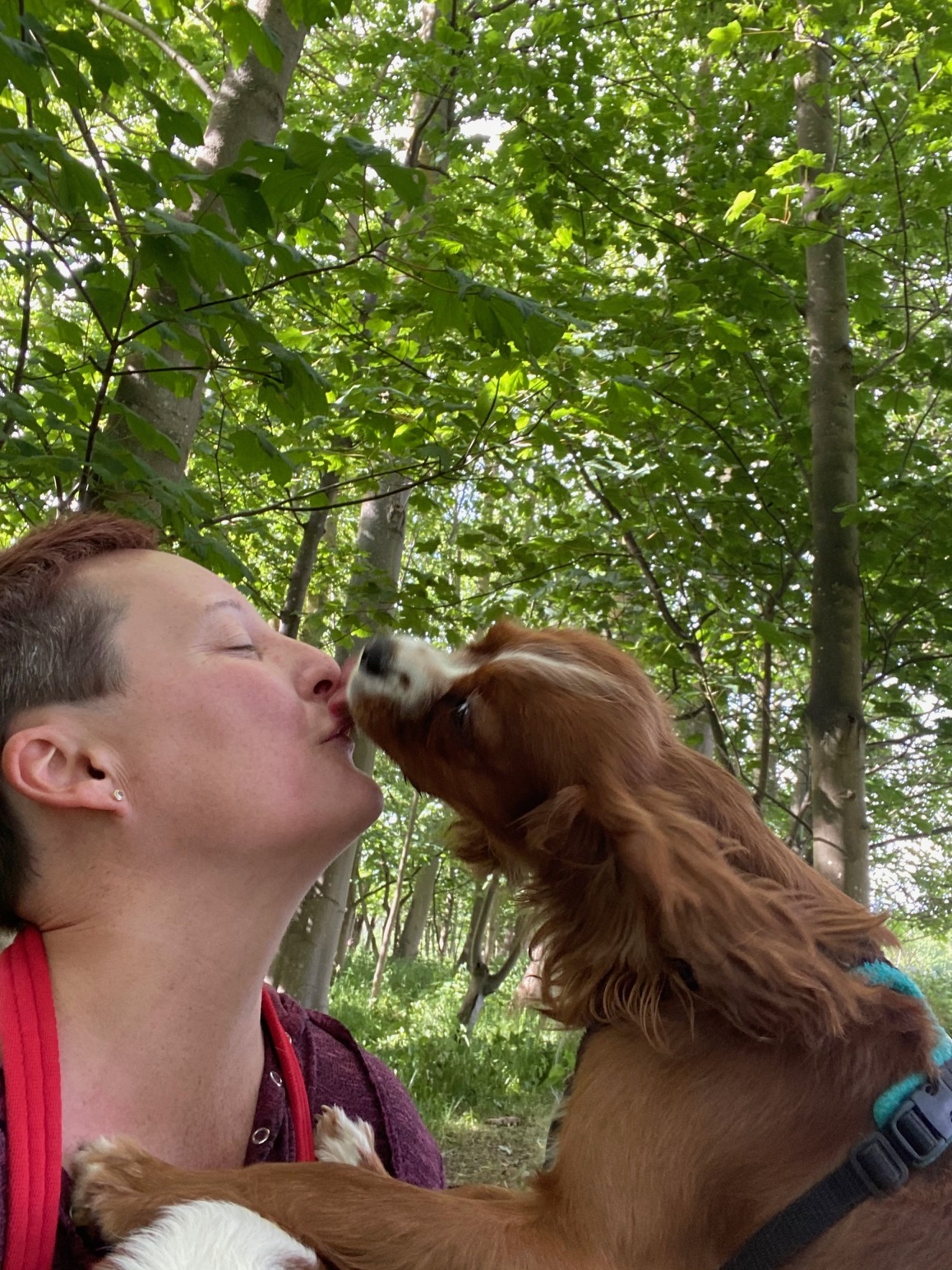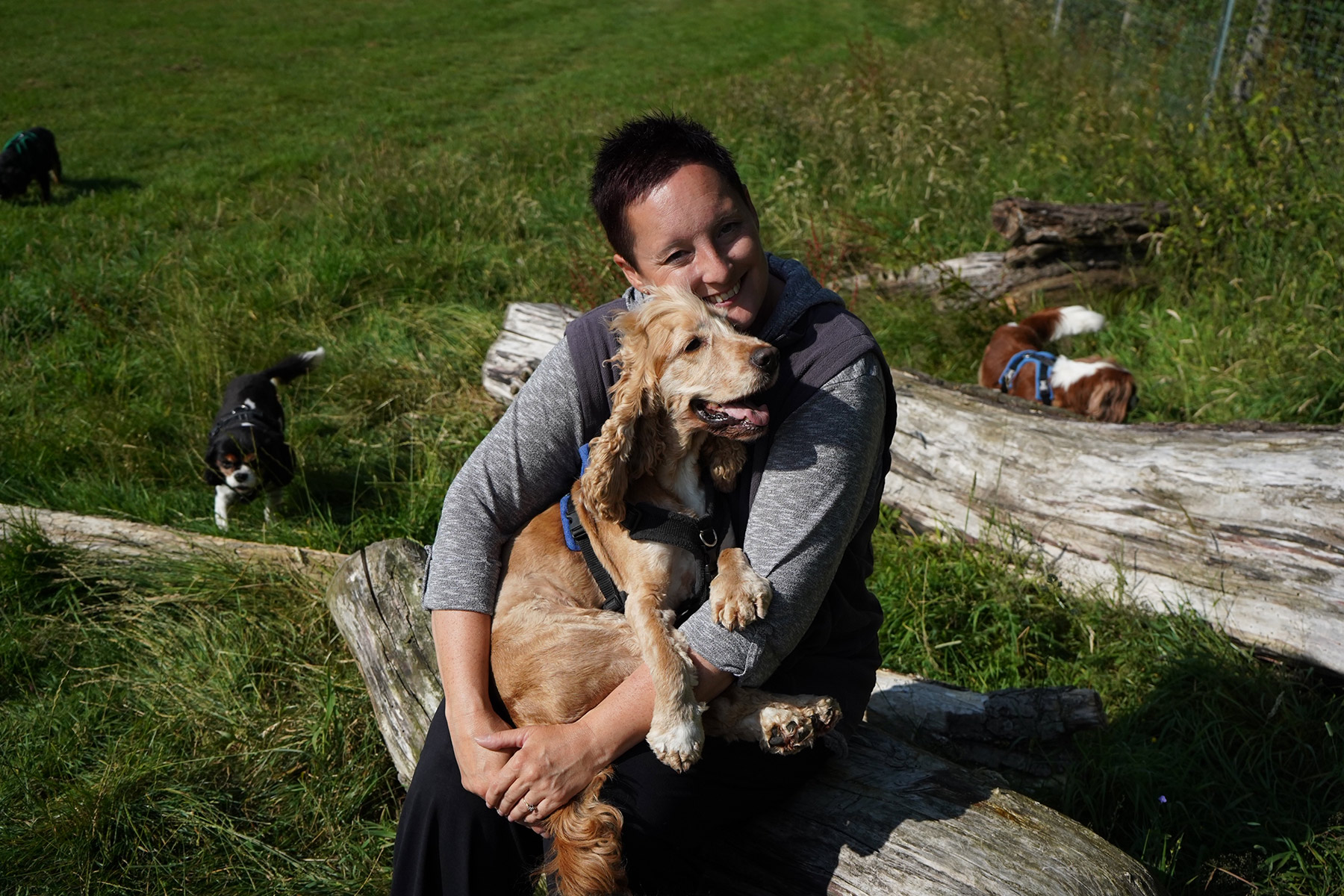Have you adopted a rescue dog into your family? Here are my tips for helping your new pet to enjoy a wonderful new life.
First of all, if you have adopted a rescue dog, I want to personally thank you. What you’ve done is amazing, you’ve offered a dog hope, regular meals, a stable home and hopefully a relatively stress-free life. However, as you get to know each other, you may experience some ‘blips’ in your relationship with your new pet. That’s perfectly normal, and that’s what this article is all about.
Getting to know your new pet
It’s very rare for two humans to move in together after having spent as little as two hours in each other’s company. Yet that’s what we’re asking our rescue dogs to do. Naturally there’s going to be a settling in period while you get to know your new pet – and while your new pet gets used to his or her new lifestyle.
If you are lucky enough to know a little of your dog’s history, you will have a head-start on the process. You will be able to take an educated guess at what is driving their behaviour.
There is one school of thought that suggests you should start your new life together as you mean to go on. I’m in partial agreement with that. Certainly your dog needs to start learning the house rules from day 1. But a dog that has potentially been confused or traumatised by life’s experiences may will need patience. Long walks in the countryside, car rides and coffee shop stops will happen – but it’s important that you don’t rush to attempt them. Get to know your pet first.

Socialising a rescue dog is very similar to socialising a puppy. Be very careful not to overwhelm your new pet with experiences. Take it one step at a time. Especially if your dog is showing signs of stress.
Knowing the signs of stress in a rescue dog
Dogs have lots of ways of showing stress, and most of them are really quite subtle. Growling, whining or hiding are an obvious indication that your dog needs space. But did you know that yawning is a stress indicator? So are panting, salivating, pacing, sleeping too much, toileting indoors (assuming that the pet is toilet trained), chewing, barking at the slightest noise and licking (themselves or an object).
Your pet’s body language will give clues too. A “low“ posture with belly to the ground generally means “I’m not sure”. Look at ears, tail, head position and eyes and note how they change if the dog is relaxed. It’s complicated – but trust me, you’ll get used to it.
Be sympathetic, give your dog plenty of space and perhaps think about introducing stress relieving toys like this beating heart teddy.
View beating heart dog toy

Socialising your rescue dog
I always advocate talking to a dog behaviourist when you first think about adopting a dog. The adoption societies do a great job of trying to prepare you for what your pet might need, but still it’s good to build a relationship with a dog trainer who can mentor you and help with socialisation and training.
Before your pooch arrives, ensure that the garden is dog proof. This is where most of the socialisation will start. For the first few days (longer if your pet needs it) regular trips to the garden for toileting and sniffing are a must. You can introduce plenty of sensory experiences to this safe place. New sounds, new scents and new textures. There’s no need for long walks until you new companion seems relaxed in his or her own house and garden, and especially in their new
bed or crate.
When you are ready for a walk. A well-fitting harness is vital. If you are not sure what you need, this article will help.
Be prepared for the fact that your new dog might not know how to walk nicely on the lead and have a strategy in mind for beginning their training. But for this first walk, it’s all about staying safe and allowing your dog to sniff around his or her new environment.
For the first walk, my suggestion would be to start from the front door, that way you won’t have to worry about Fido jumping out of the car and getting into trouble. Harness and lead go on before the door is opened. When the door does open, don’t rush out. Keep your shoulders relaxed and your head held high, but give the dog plenty of time to just sit (or stand) and assess the situation. Some rescue dogs will relish the idea of a walk, others may feel overwhelmed. Go at the dog’s pace. If you only make it to the front gate, before your pups shows signs of stress, that’s OK. For a more confident dog, don’t let them get over-aroused. A short walk is plenty at this stage. Get used to each other before you attempt a long hike.
As the pair of you get more confident you can introduce new experiences such as car rides, the high street, the park and yes, dog training classes. It goes without saying that your dog should be kept on the lead until you are absolutely certain that he or she will come back to you when called.
Shaping best behaviours
Reward based training is the only way to progress with a rescue dog. Have in mind a list of simple goals to work towards. The very basics for me are:
Whenever your dog exhibits a “good” behaviour, let them know with a word and a reward. Expect mistakes and overlook them when they happen.
More about reward based training
You may need to learn how to manage certain behaviours in the short term. For example if you have a bin-rustler, put the bin where the dog can’t reach it.
Even though it can be difficult to ignore naughtiness, the combination of anticipating behaviours, managing situations and rewarding good behaviour will eventually shape your rescue dog’s reactions.
Training for rescue dogs
Training a rescue dog can have its challenges and it helps to have some guidance along the way. All of the classes and workshops at Best Behaviour Dog Training have something to offer you and your new pet. From basic life skills training to specialist courses like scentwork which are great for relieving anxiety.
If you are not quite ready for group classes, why not take a look at Dogversity online dog training? I’ll post the link below.
In the meantime, please feel free to email or telephone me for advice. I currently share my life with 14 rescue dogs – between them, they have posed just about every possible dog training problem and I’m super proud of the wonderful pets that have emerged from their damaged shells.
These are the links you need
Dog training classes in Suffolk
Online dog training
Contact Zoe Willingham
More articles about dog training
 ..
..
Copyright © 2025 Best Behaviour Dog Training
Registered No. 12954178
Registered address: Poplar Hill, Stowmarket, Suffolk, IP14 2AX
Website design by Upshot Media Ltd